California looks like a dream destination on any map, with its beaches, mountains, and famous cities all waiting to be explored. But once you get behind the wheel for the first time, reality hits fast.
From endless traffic jams to jaw-dropping scenery changes, driving through the Golden State comes with surprises that catch even the most prepared tourists off guard.
1. It Is SO Vast And Takes SO Long
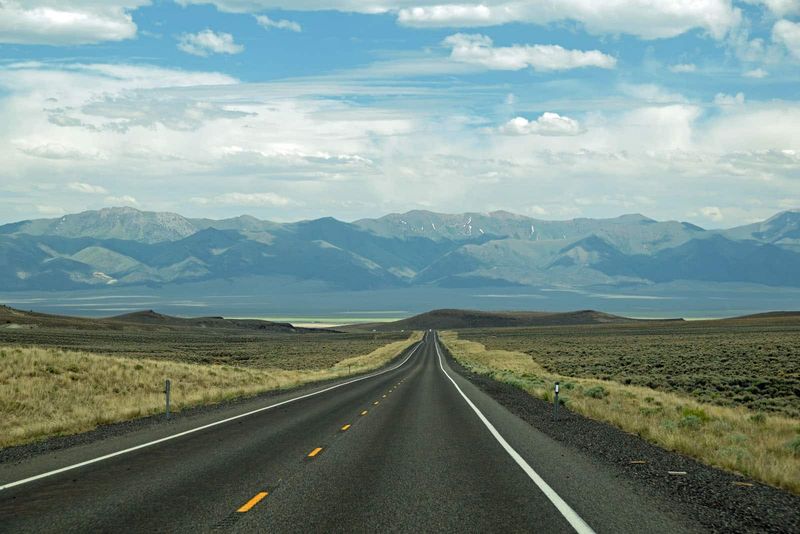
Maps make California look deceptively manageable, but the reality is completely different once you start driving. What appears as a short hop from Los Angeles to San Francisco turns into a grueling 6-to-10-hour marathon, depending on your route and traffic conditions.
Driving the entire length of California becomes a multi-day adventure rather than a quick road trip. The state stretches over 800 miles from north to south, with countless detours and attractions tempting you along the way.
First-time visitors often underestimate travel times and end up exhausted. Planning realistic daily mileage and building in rest stops becomes essential for enjoying the journey without burnout.
2. The Traffic Is Not An Exaggeration
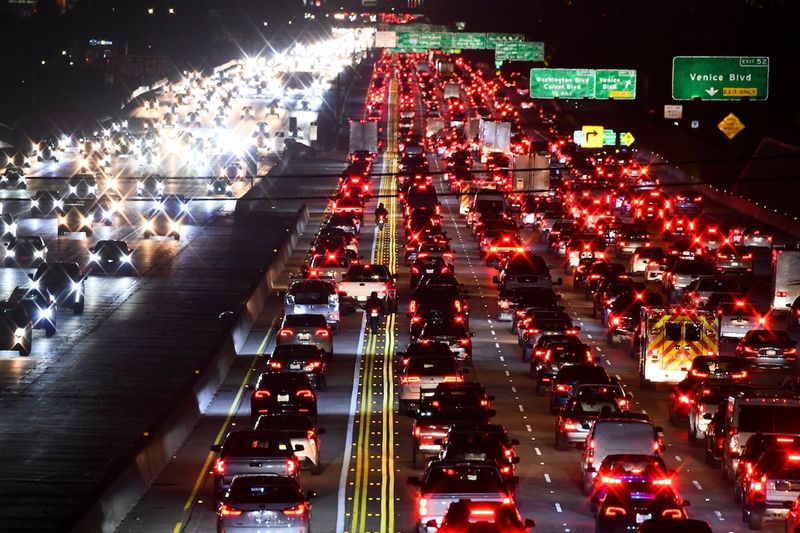
Everyone warns you about California traffic, but nothing truly prepares you for sitting motionless on a 10-lane freeway at 5 PM. Los Angeles, San Francisco, and San Diego deliver on their legendary reputation for soul-crushing congestion that turns simple errands into time-consuming ordeals.
A drive that should take 20 minutes easily balloons into an hour-plus crawl during rush hour. Tourists quickly learn to check traffic apps obsessively and plan their day around avoiding peak commute times whenever humanly possible.
The bumper-to-bumper reality hits especially hard when vacation time is limited and every minute counts.
3. The Landscapes Change Dramatically
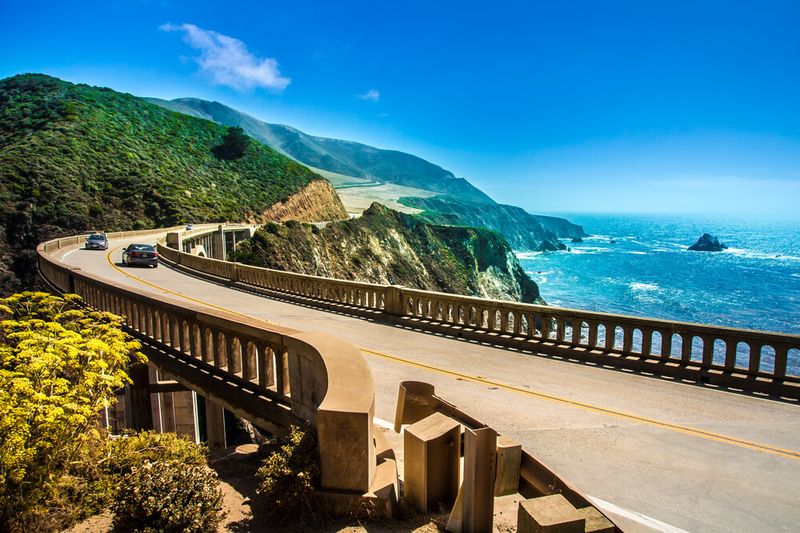
California packs an entire continent’s worth of scenery into one state, creating mind-bending contrasts within hours of driving. You might start your morning navigating foggy curves along the stunning Pacific Coast Highway, then find yourself surrounded by scorching desert landscapes by afternoon.
By evening, towering granite cliffs and alpine forests replace the arid terrain completely. Death Valley’s otherworldly desert, Yosemite’s majestic peaks, and Big Sur’s dramatic coastline all exist within the same state borders, offering constant visual surprises.
First-time drivers find themselves pulling over repeatedly just to photograph the ever-changing backdrop.
4. Gas Prices Are Higher Than Expected
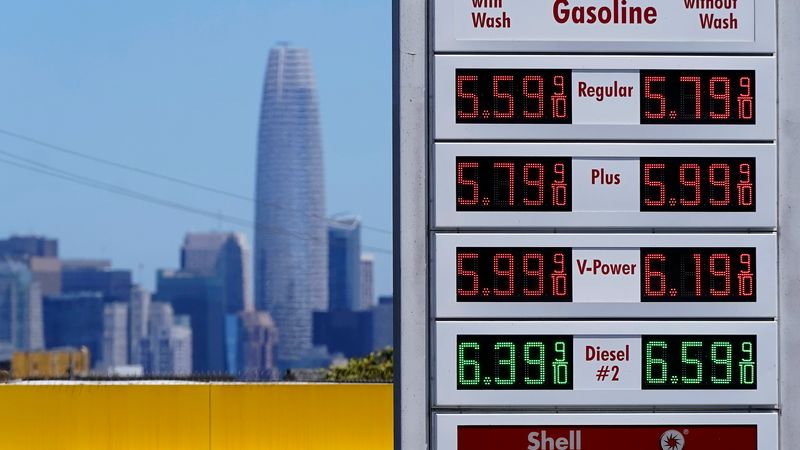
Filling up your tank in California delivers immediate sticker shock for tourists from other US states. Prices often run a dollar or more per gallon above what drivers pay back home, thanks to state taxes and strict environmental regulations governing fuel standards.
Budget-conscious road trippers watch their fuel expenses skyrocket unexpectedly fast. The pain intensifies when you realize how much driving California actually requires, with those frequent fill-ups adding up to hundreds of extra dollars over a week-long trip.
International visitors sometimes find American gas relatively affordable overall, but domestic tourists definitely feel the California premium burning through their wallets.
5. Lane-Splitting Is Real And Legal
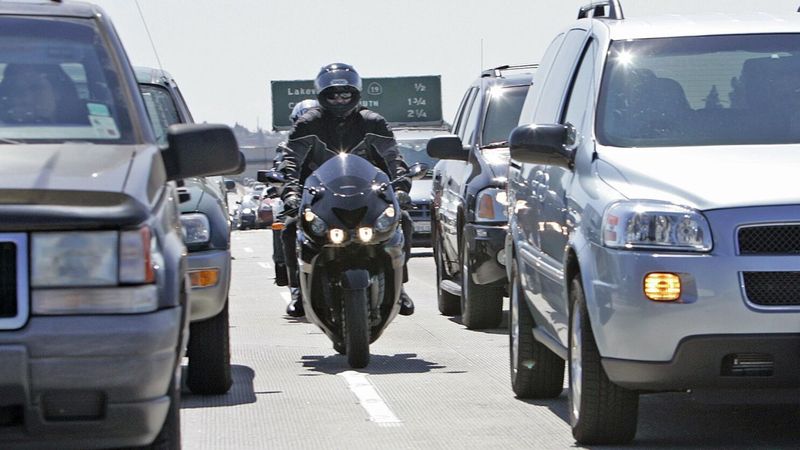
Picture yourself stuck in traffic when suddenly a motorcycle roars past inches from your mirror, weaving between lanes like it owns the place. Your heart races and you instinctively check if you did something wrong, but this is completely legal California driving behavior.
Lane-splitting allows motorcyclists to ride between lanes of slow or stopped traffic, a practice that remains illegal in most other states. First-time drivers from regions where this is prohibited find it startling and nerve-wracking to experience.
Adjusting to checking mirrors constantly for splitting bikes becomes a necessary survival skill for California freeways.
6. The Pacific Coast Highway Is A Slow, Winding Scenic Route
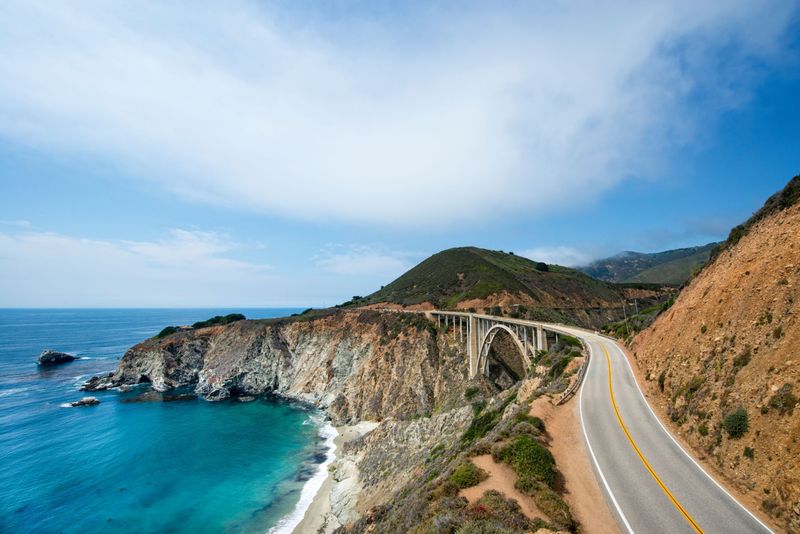
Highway 1 appears on bucket lists worldwide, but tourists expecting a quick coastal cruise get a reality check fast. This famous route is actually a narrow, two-lane mountain road that hugs cliffsides with sharp hairpin turns demanding your full attention and slow speeds.
Big Sur sections frequently close due to landslides, forcing lengthy detours. Countless scenic lookout points tempt you to stop every few miles, making progress even slower but infinitely more rewarding for patient travelers.
Rushing the Pacific Coast Highway defeats its entire purpose, this journey rewards those who embrace the leisurely, breathtaking pace nature intended.
7. Parking Is A Nightmare And Expensive
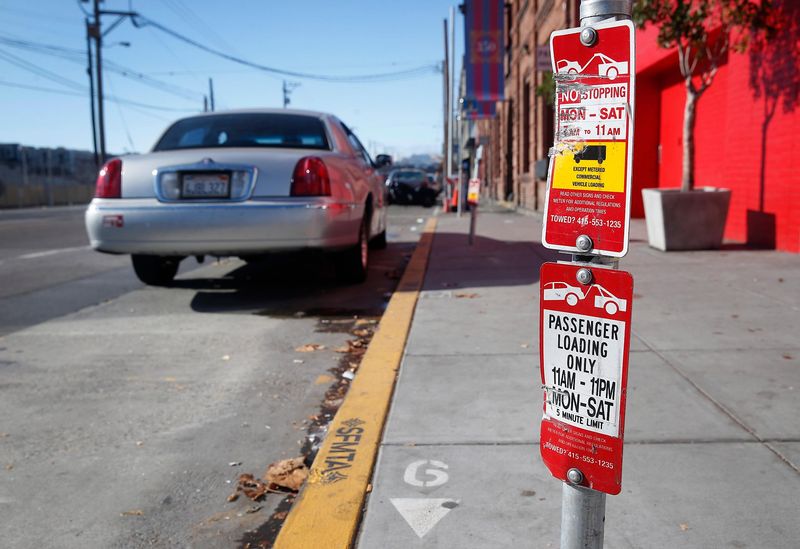
Finding parking in San Francisco or popular Los Angeles neighborhoods like Hollywood and Santa Monica ranks among the most frustrating tourist experiences imaginable. Spots are scarce, rates are astronomical, and the street signs read like legal documents written in code.
You’ll spend 30 minutes circling blocks, only to pay $40 for a few hours in a sketchy garage. Deciphering the tiny, contradictory signs becomes mandatory unless you enjoy expensive parking tickets as vacation souvenirs.
Many tourists eventually abandon their cars and use rideshares instead, just to avoid the parking headache and preserve their sanity during precious vacation time.
8. The California Stop (Rolling Stop) Exists
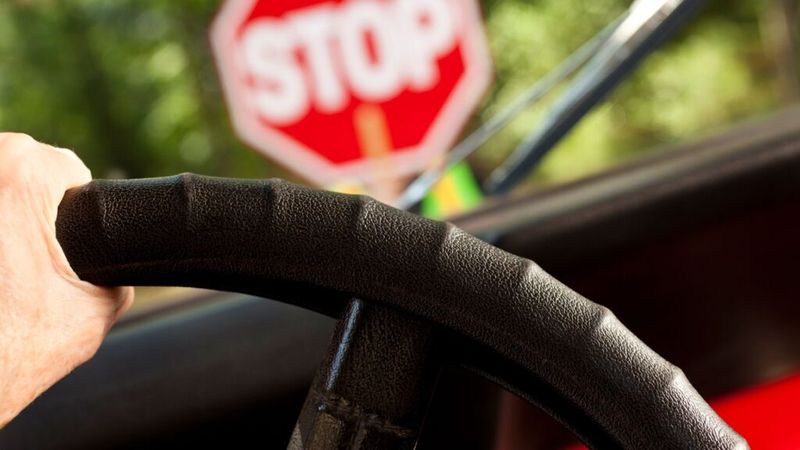
Watch any California intersection long enough and you’ll notice a peculiar local driving habit—the infamous rolling stop. Drivers slow down at stop signs without fully halting, treating them more like suggestions than legal requirements.
This widespread practice shocks tourists from places where complete stops are religiously observed. Local traffic flows faster and more aggressively than posted limits suggest, with drivers who actually stop completely often getting honked at impatiently.
While technically illegal, the California stop has become so ingrained in driving culture that newcomers feel pressure to adopt it just to keep pace with traffic flow.
9. The Freeways Are Massive And Complex

Nothing quite prepares drivers for their first glimpse of a California mega-freeway stretching 8-10 lanes wide in a single direction. The I-405 and I-5 resemble small cities of asphalt, with vehicles constantly jockeying for position across the vast expanse.
Catching your exit requires aggressive merging across multiple lanes while maintaining freeway speeds. Miss your turnoff and you might travel miles before finding another chance to correct your mistake, adding serious time to your journey.
First-timers often grip the wheel with white knuckles, overwhelmed by the sheer scale and speed of California’s intimidating urban highway systems.
10. A Car Is Truly Essential To Seeing LA
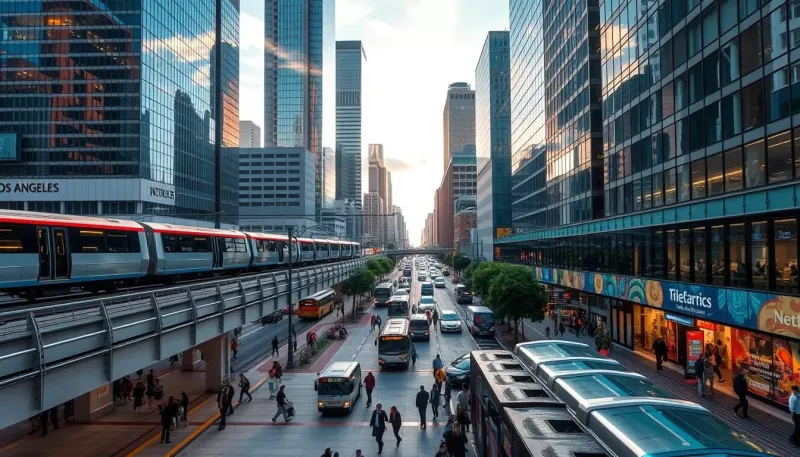
San Francisco might offer walkability and decent transit, but Los Angeles crushes any illusions about exploring without personal wheels. The city sprawls endlessly in every direction, with attractions scattered across a massive metropolitan area that public transportation barely serves adequately.
Getting from the beach to Hollywood to Griffith Observatory requires covering dozens of miles through different neighborhoods. Buses run infrequently and take forever, while the limited Metro system misses most tourist destinations entirely.
Tourists who arrive expecting to rely on public transit quickly realize they’re essentially stranded, forced to rent cars or spend fortunes on rideshares daily.
Dear Reader: This page may contain affiliate links which may earn a commission if you click through and make a purchase. Our independent journalism is not influenced by any advertiser or commercial initiative unless it is clearly marked as sponsored content. As travel products change, please be sure to reconfirm all details and stay up to date with current events to ensure a safe and successful trip.